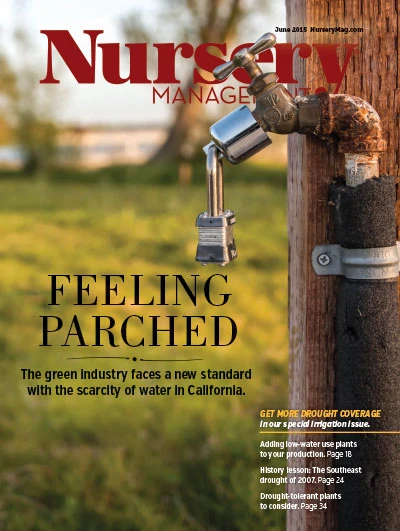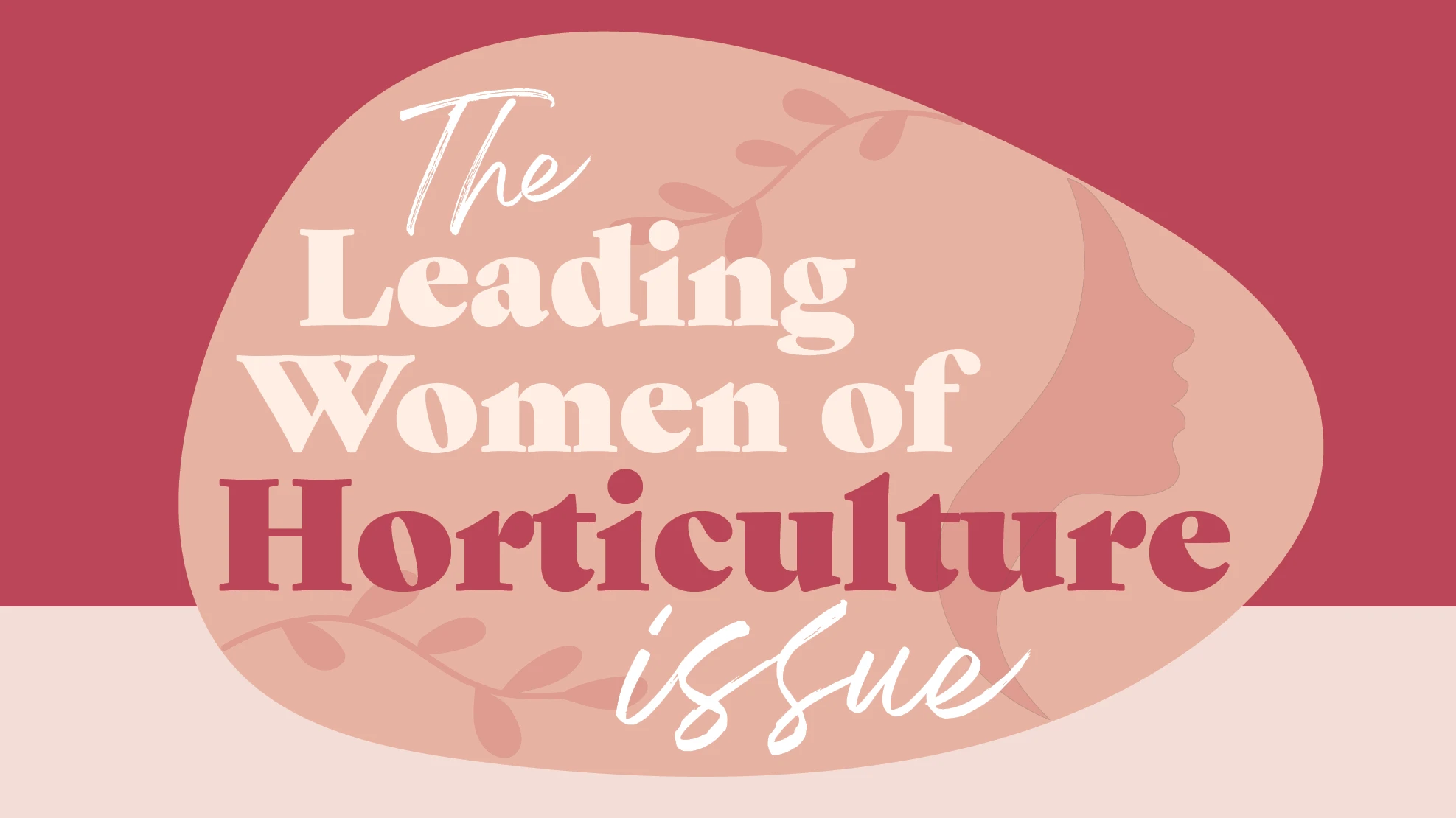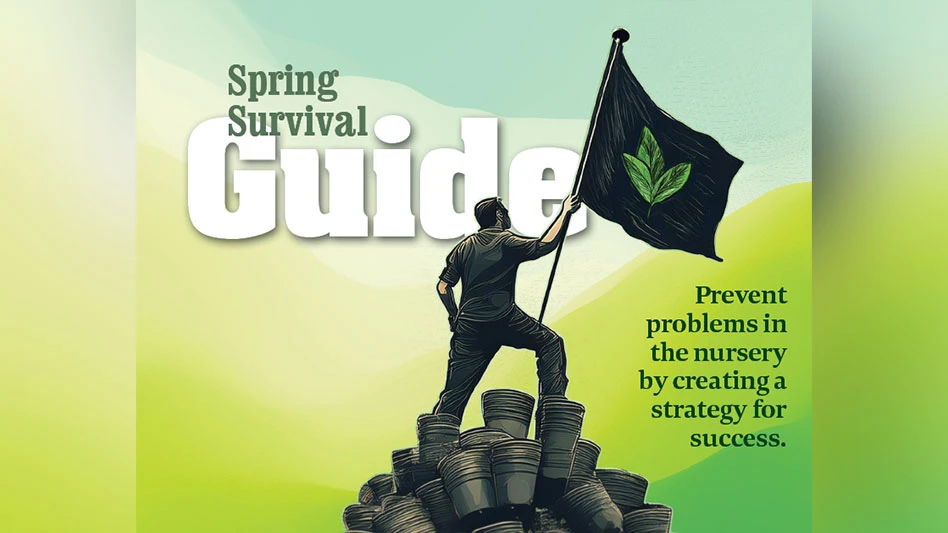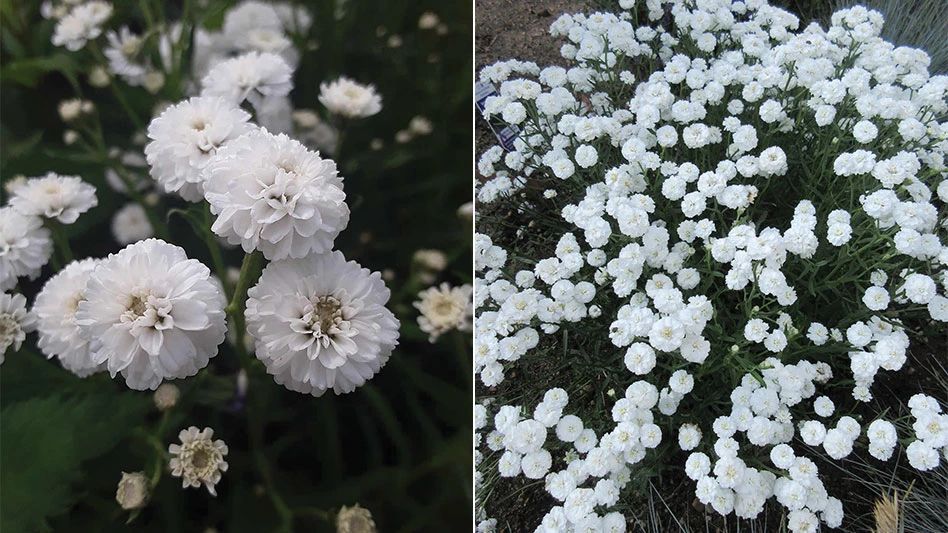 Competition for water is heating up these days. Combine the boom in urban populations, expanded agriculture and industrial growth with extended drought and we’re left with demand that is outpacing supply. While southern and western parts of the U.S. have borne the brunt of water shortages in recent years, it won’t be long before water policy will have to change nationwide.
Competition for water is heating up these days. Combine the boom in urban populations, expanded agriculture and industrial growth with extended drought and we’re left with demand that is outpacing supply. While southern and western parts of the U.S. have borne the brunt of water shortages in recent years, it won’t be long before water policy will have to change nationwide.
2011 offered up Texas its driest year ever, and certain parts of the state have been enforcing the tightest watering restrictions in the country. California is now suffering from severe water shortages and the state apparently has only about one year left of groundwater reserves. Last summer, California enacted its first ever statewide water waste penalty. While water issues may seem reserved for those in the Southwest, other areas that aren’t traditionally dry have also experienced their share of drought.
It’s also no secret that the availability of fresh water has become a clear and present danger for the green industry. With 40 to 60 percent of urban water usage attributed to landscape maintenance in warmer parts of the country, tight watering restrictions are already a reality for many homeowners. These restrictions combined with increasingly severe weather events are changing the way they buy plants and garden — or don’t.
Even if you’re receiving normal rainfall levels in your area, the impact on West Coast growers can have a cascade effect on your market region. The plant supply chain has already taken some significant hits in the last few years due to financial and economic factors. Water availability looks to be the next big challenge. Sustainability is no longer something to be considered just a trend. For many growers, it’s become a matter of survival.
While the issue and impact of drought on growers is multifaceted (and will require new growing methods and water-saving technology), focusing on drought-tolerant plant selections should be a top priority for breeders, growers, retailers and landscapers.
Water-wise shift
Most homeowners these days say they want landscapes and plants that are “low-maintenance.” If you’re in drier parts of the country, that term is most certainly synonymous with “drought tolerance” or “low water use.” Over the last several years, the market has taken a decided shift when it comes to customers both accepting and seeking out drought tolerant and low water use plants. While the idea of drought tolerant landscapes hasn’t always evoked images of lush beauty, customers are starting to learn that beauty can definitely be achieved using less water. This shift toward water conservation has customers assertively asking for water-wise plants and landscapes.
There has been a shift within the plant supply chain, according to Zac Tolbert, owner of Local Plant Source Inc.
Local Plant Source, based in Austin, Texas, connects plant growers and buyers from coast to coast through an online order management marketplace.
 “We have been monitoring nursery inventory and upcoming project demand, and we are in fact finding more nurseries growing native and adapted plants. While these varieties are not explicitly drought tolerant, once established, these plants will survive and thrive without supplemental water, Tolbert says.
“We have been monitoring nursery inventory and upcoming project demand, and we are in fact finding more nurseries growing native and adapted plants. While these varieties are not explicitly drought tolerant, once established, these plants will survive and thrive without supplemental water, Tolbert says.
While Tolbert is seeing somewhat improved access to low-water use plants, he does offer up that supply isn’t yet meeting demand.
“However, just because these plants are becoming available from more growers, we are still finding that demand is outpacing the available supply. So while these indicators are encouraging, it proves that the market is still out of balance. The demand data that suppliers have access to, is still a lagging metric meaning they are constantly behind the trends and demand generated throughout the industry,” Tolbert says.
Smells like opportunity to me.
Leaner breeds
Certain plant species are naturally better able to tolerate drought and use water more efficiently than others. Their root systems enable them to take up water from deeper in the soil or they may sport smaller leaves or thick leaves with fine hairs. Succulents have gained huge popularity with residential homeowners, commercial property owners and municipalities for their ability to store extra water in their leaves and stems. Breeding using drought tolerant species can help create less-thirsty hybrids.
Many breeding research programs are now treating drought tolerance as a primary focus. Colorado State University (CSU) is developing just such a program. Graduate students and industry professionals can take their online course titled “Plant Breeding for Drought Tolerance” in fall of 2015. The next summer on-campus course will be held summer of 2016. CSU also held a Plant Breeding for Drought Tolerance Symposium last summer to provide connections between plant physiologists, agronomists and geneticists. The goal is to focus on drought tolerance improvement through plant breeding and genetics. It’s a biennial symposium, so keep an eye out for the next one in 2016.
Hold the salt
With limited rainfall comes a larger dependence on groundwater for many communities. With groundwater often comes high salt levels in irrigation water. As municipalities rely more heavily on pumped groundwater, plants must tolerate higher salinity. Plants that are naturally salt tolerant have the ability to block salts from some of their cells. Improving both salt tolerance, primarily from irrigation water, and drought tolerance may be a congruent effort for some breeders. However, drought and salt tolerance don’t necessarily occur hand-in-hand in nature. Species that are drought tolerant aren’t necessarily salt tolerant and vice versa.
Which tech is best?
When it comes to breeding, the issues of drought and salt tolerance are complex and it’s expressed differently in ornamental versus food crops. For example, a plant that’s bred to be more drought tolerant may actually grow more slowly with reduce yields. That may be fine when it comes to ornamental landscape plants, but that strategy is counterproductive when it comes to food crops. Differentiating between drought tolerance and water use efficiency is tricky when it comes to genetic modification.
 Currently, traditional breeding methods utilizing cross-hybridization have been more successful at achieving improved drought tolerance than gene modification. But scientists feel it’s only a matter of time before gene splicing technology catches up or at least augments traditional breeding methods when it comes to drought tolerance; or more importantly, water efficiency.
Currently, traditional breeding methods utilizing cross-hybridization have been more successful at achieving improved drought tolerance than gene modification. But scientists feel it’s only a matter of time before gene splicing technology catches up or at least augments traditional breeding methods when it comes to drought tolerance; or more importantly, water efficiency.
While much drought and salt tolerance research has focused heavily on agricultural crops, there are some research programs focused on finding out which ornamental plants tolerate less water and higher salts in greenhouse production and the landscape. Texas A&M University is conducting such research at facilities in both El Paso and College Station. Be sure to check in with your local extension agent to find out what water-wise research is being conducted in your area.
Meet demand
Are you growing a good range of drought-tolerant plants to your customers? If not, now’s the time to start modernizing your production list. End consumers want to save water, but they still want beautiful plants. Many botanical gardens and arboreta promote drought tolerant plants suitable for their area; stay involved with their plant trialing programs. When evaluating new varieties on the market, take time to review their water needs and even breeding parentage. Make it easy for landscapers and retailers to buy your water-wise plants by grouping the line together on your availability lists.
Leslie F. Halleck is a contributing editor for the GIE Media Horticulture Group and owner of Halleck Horticultural LLC, through which she provides horticultural content marketing, social media management, and strategy consulting for green industry businesses. www.lesliehalleck.com.
You can monitor drought conditions across the U.S., Canada and Mexico through the North American Drought Portal www.drought.gov.

Explore the June 2015 Issue
Check out more from this issue and find your next story to read.
Latest from Nursery Management
- 2025 Proven Winners Horticulture Scholarship applications now open
- Leading Women of Horticulture: Anna Ball, Ball Hort, and Terri McEnaney, Bailey Nurseries
- Leading Women of Horticulture: Crystal Cady and Elizabeth Brentano
- USDA fires experts on invasive pests, including Asian citrus psyllid, chilli thrips
- Dümmen Orange North America celebrating 25th anniversary in 2025
- Redesigning women
- Illinois Landscape Contractors Association changes name to Landscape Illinois
- ICL’s Gemini Granular herbicide now registered for use in California





